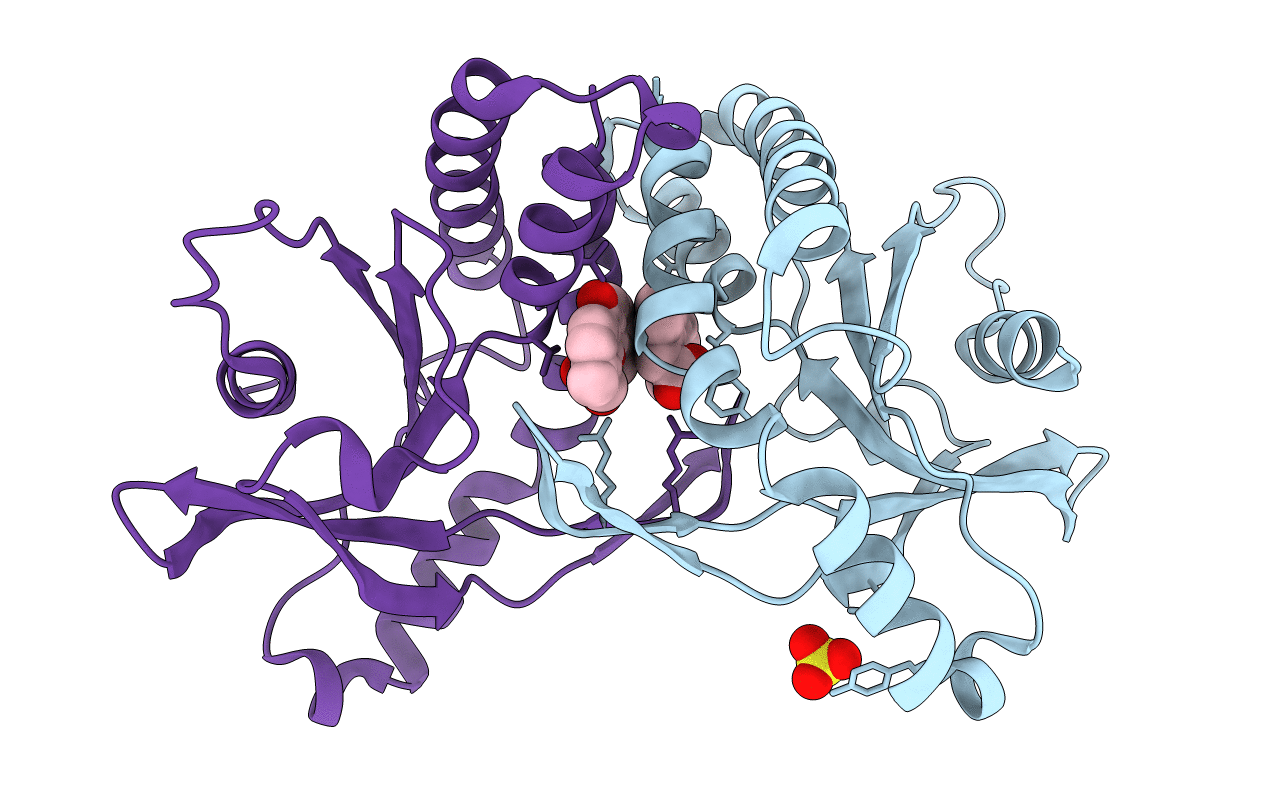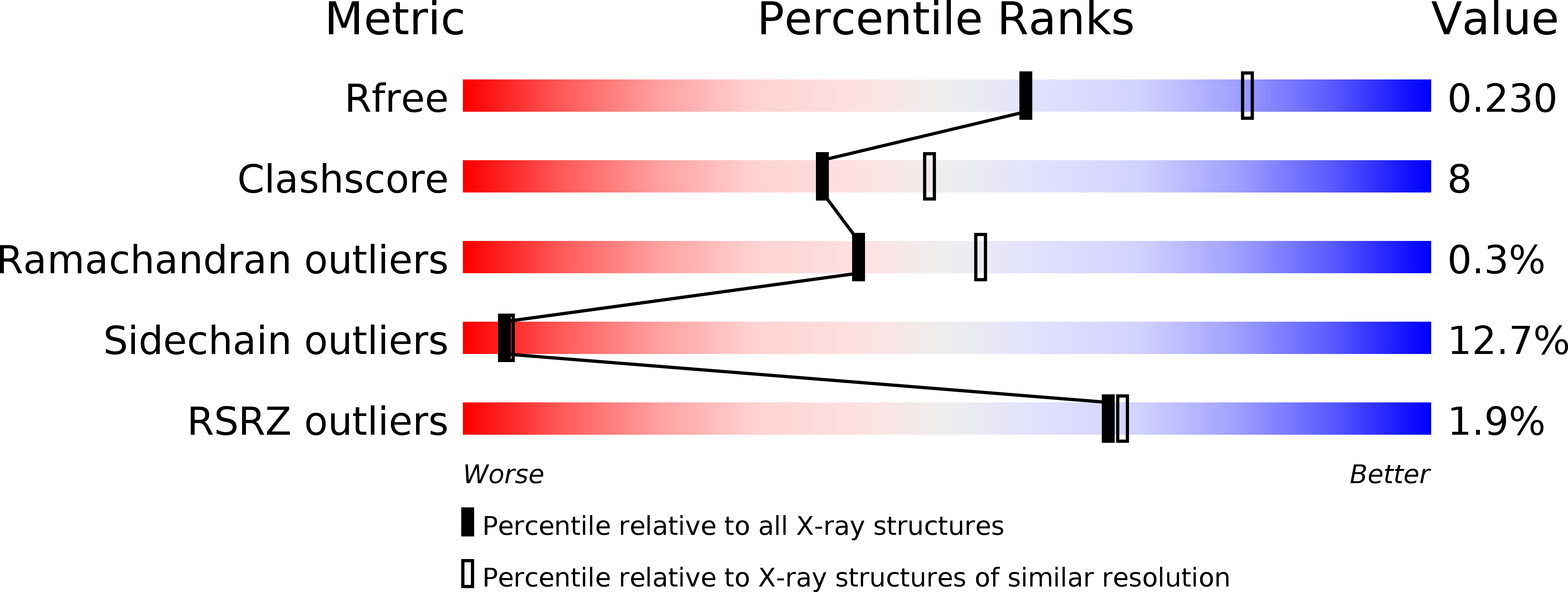
Deposition Date
2014-07-21
Release Date
2014-09-10
Last Version Date
2024-02-28
Entry Detail
PDB ID:
4QXR
Keywords:
Title:
Crystal structure of hSTING(S162A/G230I/Q266I) in complex with DMXAA
Biological Source:
Source Organism:
Homo sapiens (Taxon ID: 9606)
Host Organism:
Method Details:
Experimental Method:
Resolution:
2.37 Å
R-Value Free:
0.23
R-Value Work:
0.18
R-Value Observed:
0.18
Space Group:
P 6


